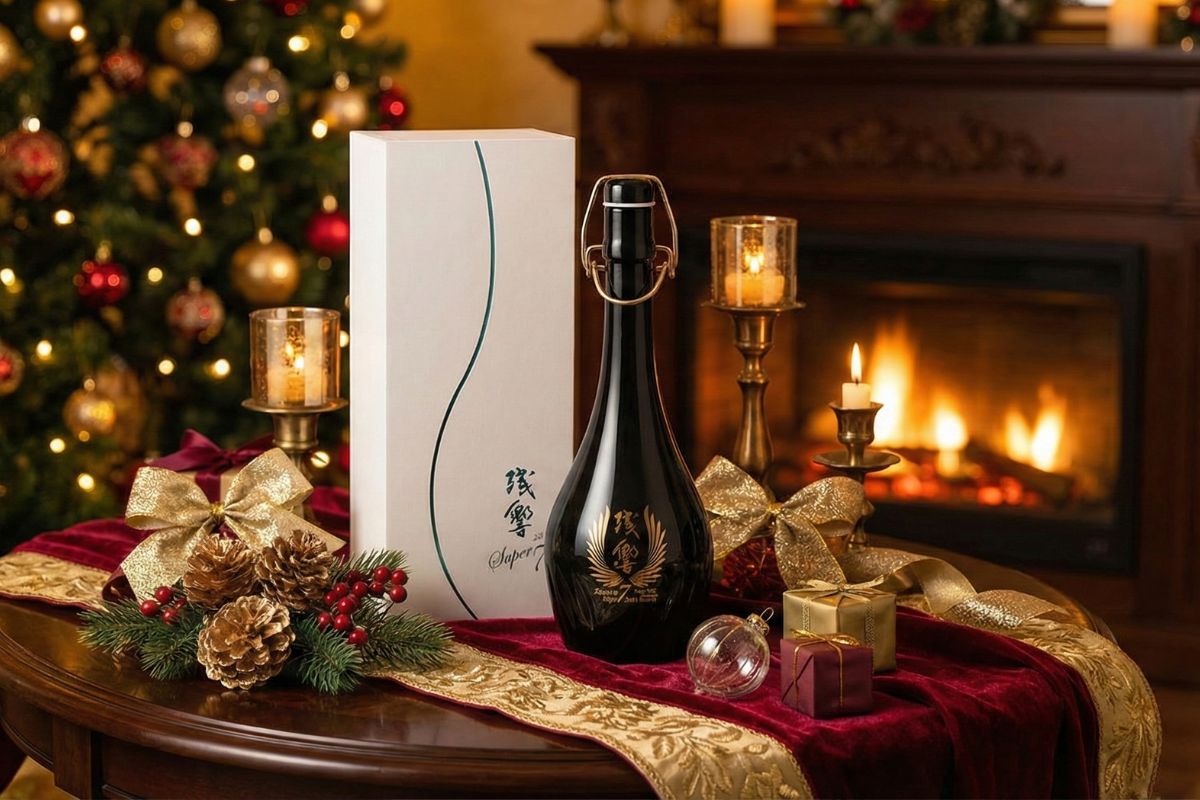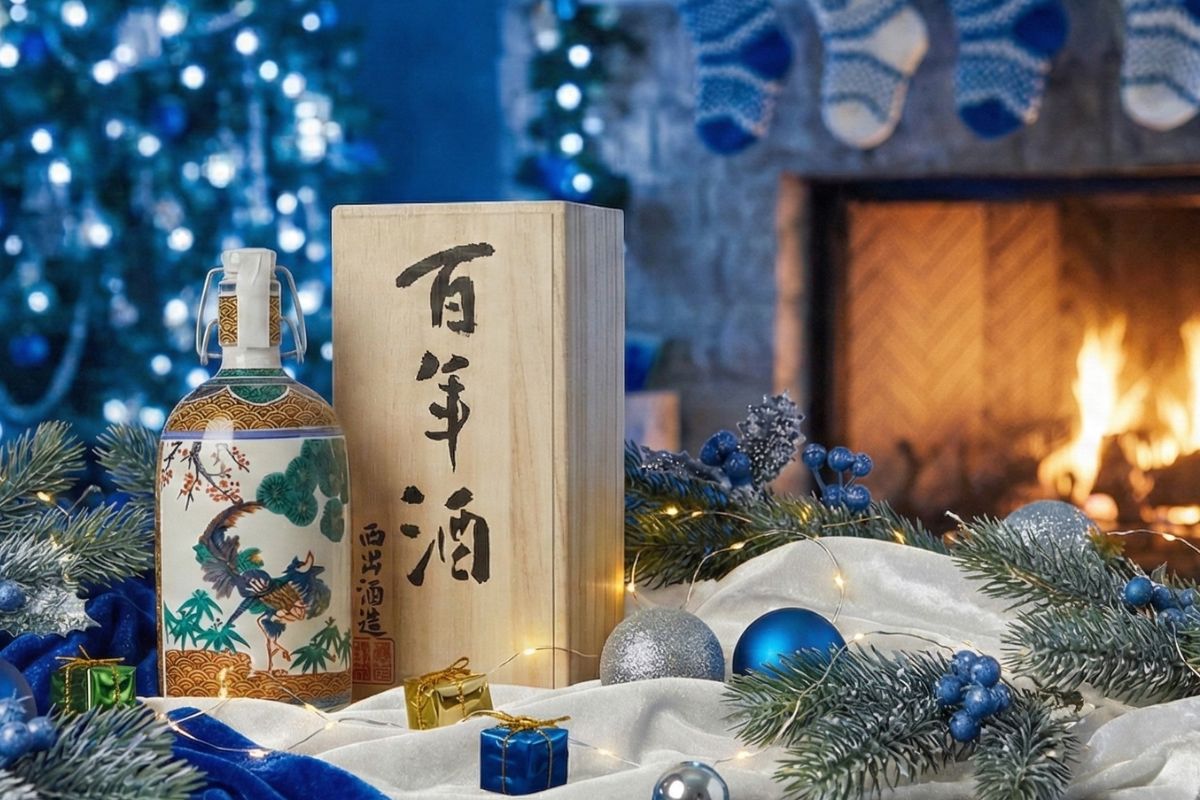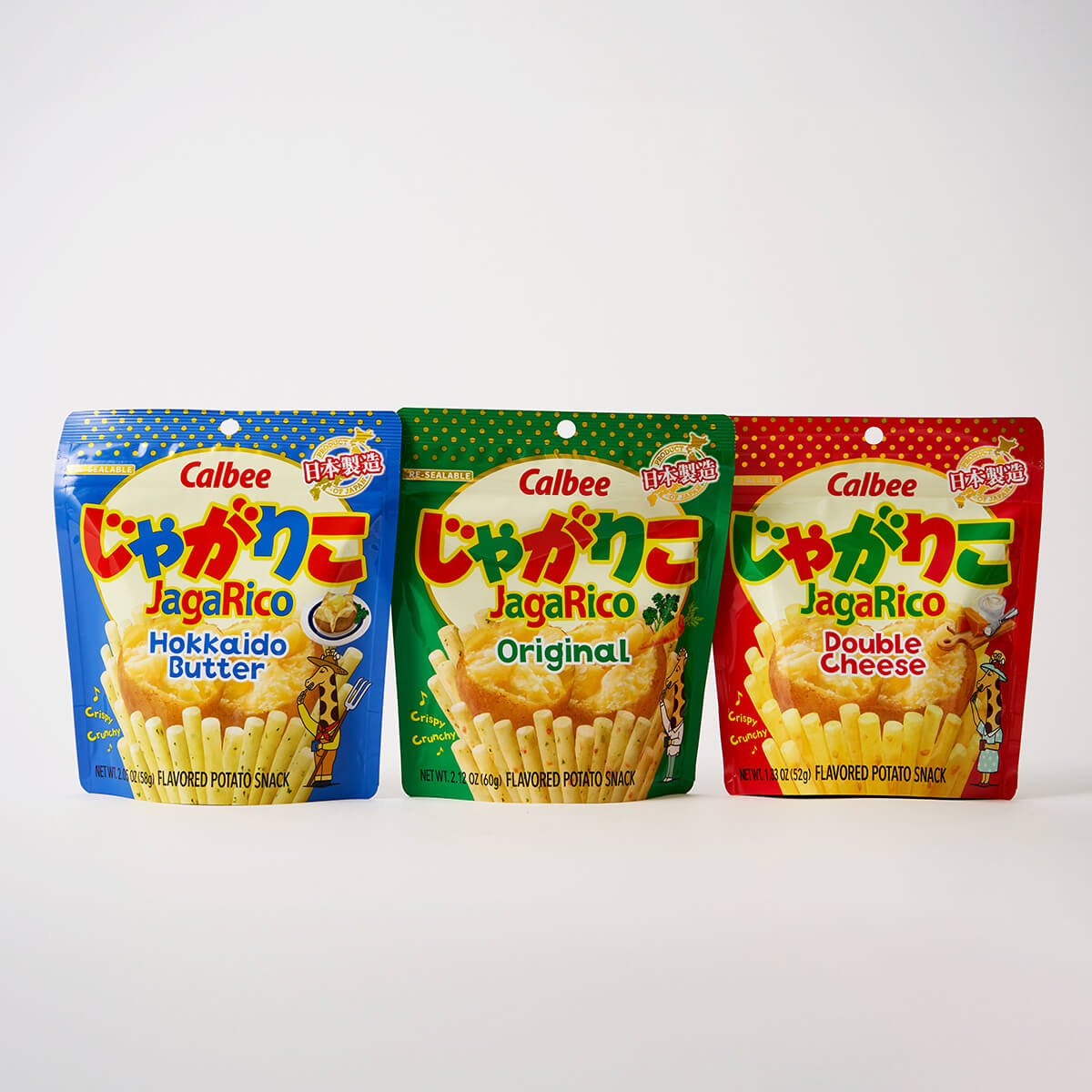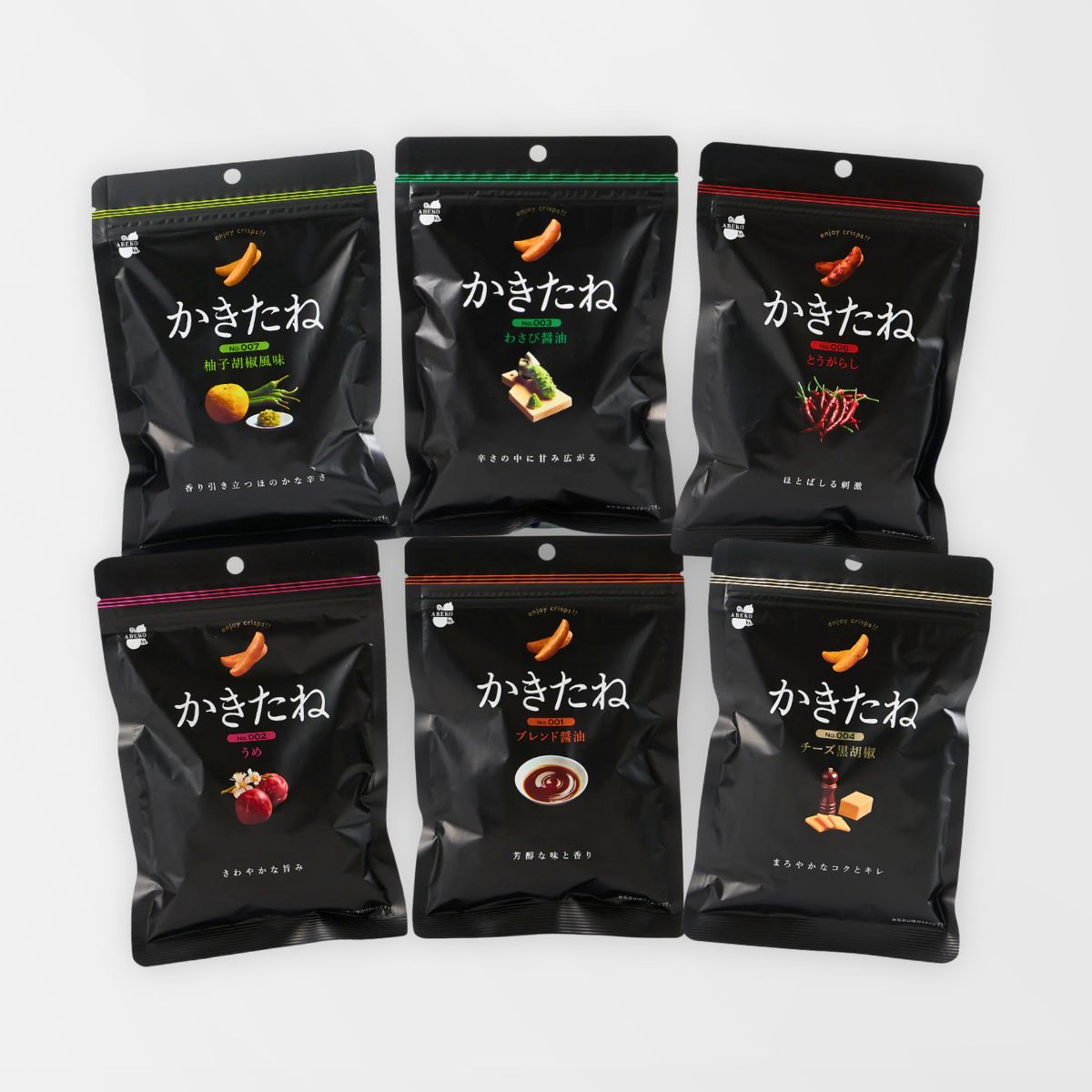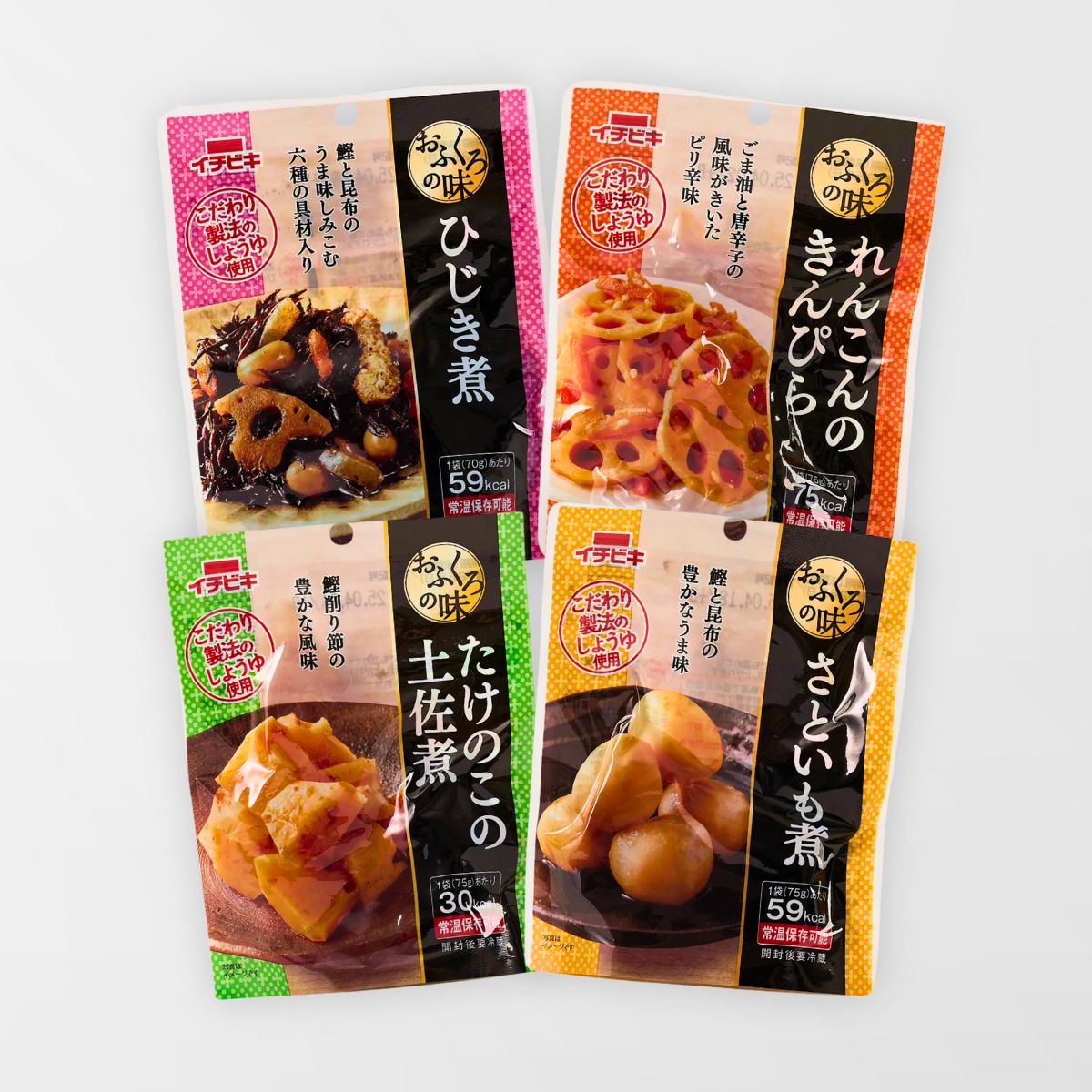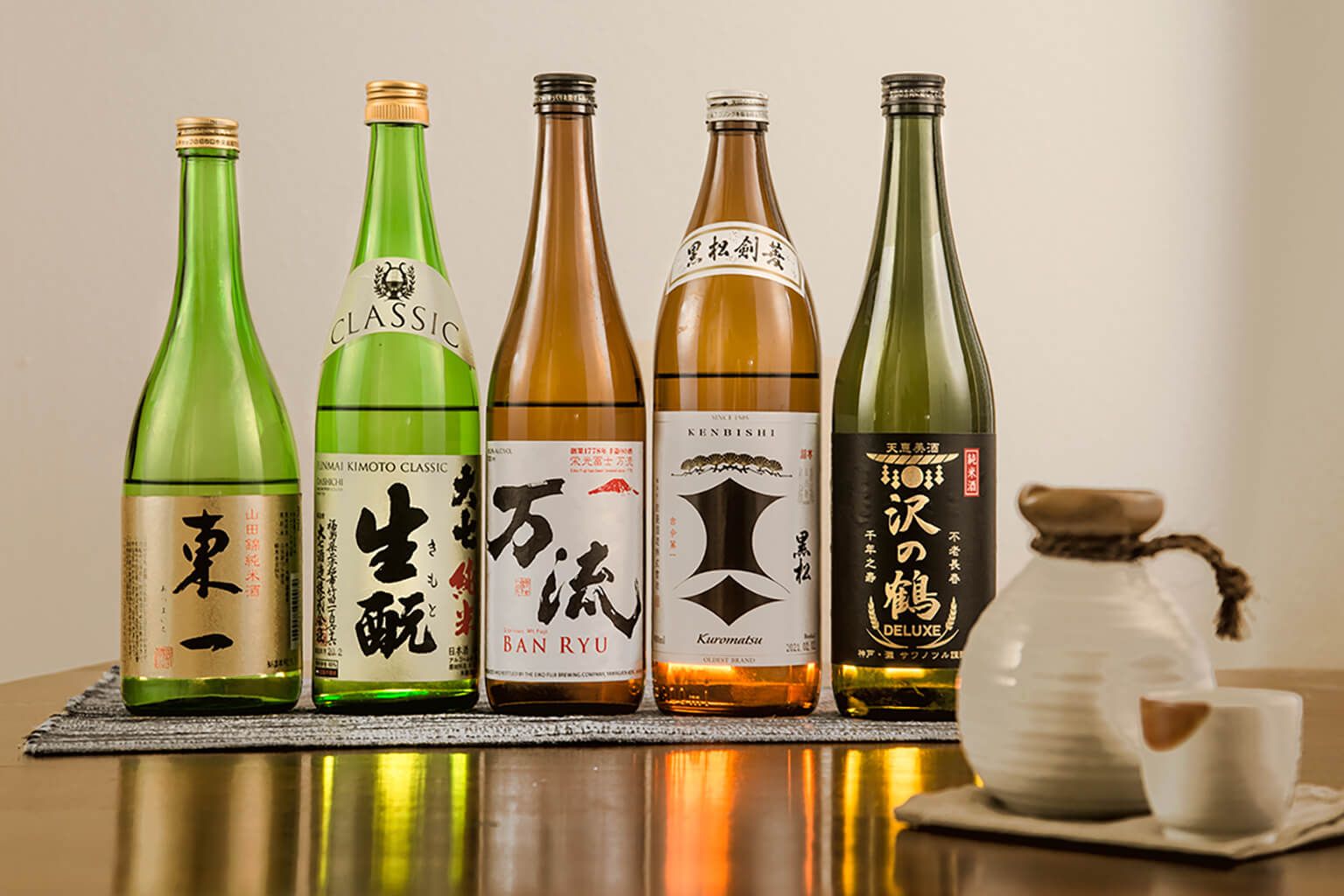While there are many sake breweries that aim to be sustainable and eco-friendly, Yamatogawa Brewing Company takes the extra mile by generating renewable energy within the brewery. In this interview, Masakazu Sato, the Managing Director of Yamatogawa, shares his passion and commitment to provide the best sake made in Fukushima.
Harnessing the power of local resources
Mimi: After the Great East Japan Earthquake, I hear your father, chairperson and 9th brewery head of Yamatogawa Brewing Company, started the Aizu Electric Power Company with the goal of becoming self-sufficient through the use of renewable energy sources. As the managing director and next in line to become brewery head, can you tell us more about why your father started this movement?
Masakazu: After the earthquake we realized just how dependent we were on nuclear power. Since Fukushima was directly affected by the disaster, we started thinking about what the future of electricity should look like.
We realized that there are many natural resources in Kitakata and the surrounding Aizu region that could be harnessed as sources of renewable energy. So where previously we produced energy through nuclear power and distributed it throughout the Kanto region, we wanted to shift to utilizing Fukushima’s plentiful natural resources to become energy self-sufficient.
With respect to making sake, since Kitakata is a rice growing area that has plentiful sources of water, the chairman believed that making sake using energy produced here in Aizu was the last piece to making a sake that is truly made using only local ingredients. So it’s become another aspect of Aizu’s “terroir” that defines our brewery.
Mimi: That’s amazing. It’s not often that a brewery can say it’s self-sufficient when it comes to power.
Masakazu: Well, we’re not 100% self-sufficient yet, but we’re taking steps with the hope of becoming fully energy self-sufficient in the future.
Mimi: You mentioned terroir earlier, and I heard that Yamatogawa commit to making sake with only locally sourced ingredients, from rice grown in paddies owned by the brewery to the locally produced electricity. So the next question I want to ask is, how would you define Aizu sake?
Masakazu: Aizu has always been a sake making region. There are many other breweries besides ours in the area. Fukushima as a whole has generally had more sake breweries compared to other prefectures, but I think 60 to 70% of the breweries are here in Aizu.
And the reason there are so many breweries here in Aizu is that the environment was just perfect for sake making. Rice was easily grown here and the Aizu clan that ruled over the area helped the area prosper. I think that’s why sake-making in Aizu flourished.
Mimi: I see! So how does sake from Yamatogawa taste compared to others?
Masakazu: We make our sake with water drawn from Mt. Iide, northwest of Kitakata. The water is very soft, so the sake we make also has a very soft mouthfeel. Also, because Kitakata sake are typically very flavorful, our sake is light yet flavorful, and maybe on the sweeter side.
Overcoming hardships
Mimi: Yamatogawa Brewing Company took home gold awards for eight consecutive years, starting in 2011. I’m sure you faced many challenges after the disaster in 2011, but can you tell me what was the driving force behind your now world-renowned sake making?
Masakazu: After the earthquake in March, people from other prefectures outside of Fukushima were supportive and bought sake to support the area, but in September of that year, word spread that there was possibly contamination of the water due to nuclear fallout, so sales dried up at an unbelievable rate. Actually, sales of all products from Fukushima dropped rapidly.
I was also doing sales in other prefectures at the time so hearing these concerns from potential customers was really shocking because there was no evidence that there was contamination in our products. But long-time customers trusted us and took our word when we said our sake was safe, which was really encouraging. They then began to vouch for us, saying our sake, Fukushima’s sake, was safe.
And so we started thinking about how we could start growing fans of Fukushima sake, which became the driving force behind our sake making.
Mimi: Wow, that is moving. What did you do to achieve that?
Masakazu: Of course, increasing the overall quality of our sake was going to be a key factor to winning over more fans. So we focused on also refining our technique.
Actually, many breweries across Fukushima faced the same problems, so we all worked collectively, consulting one another and sharing our findings to raise the quality of our sake. Because of that, Fukushima as a whole has the greatest number of gold award winners than any other prefecture in Japan for the last eight years.
Raising the next generation of sake brewers
Mimi: We’ve heard that your award-winning sake, one that takes into consideration history, technique, and environment, is made by a team of four young brewery workers. Can you tell us about challenges and successes you’ve had making sake with this small team?
Masakazu: We actually built a new brewing plant about 30 years ago, so our facilities are newer than most around here and allow us to make sake efficiently. With this change, we can now make sake with a smaller team—less than half the size of those at other breweries.
In the traditional toji-centered system, making sake required brewery workers to work late at night and sometimes through the night. But with our new facilities, this was no longer necessary. Still, as the bearers of sake making techniques, we wanted to make sure that these techniques were passed down to younger generations. So we made it a point to teach these techniques to all staff that took part in the sake making process.
Masakazu: The result is that we now can make sake with relatively young staff. I think the youngest is in their early 20s so it skews the average a bit, but I think most of our brewing staff are in their 30s. So we’re able to maintain those techniques passed down while also being able to incorporate fresh new ideas into our sake making. Our current team might be a little too young since we haven’t been able to win any awards for the past two or three years, but we’ll do our best to change that moving forward.
Mimi: Wow, an average age of 30! That must be a lot younger than the breweries around you. I’m sure a gold award is waiting for you in the near future!
How to enjoy Yauemon sake
Mimi: This summer we started carrying Yauemon “Junmai Ginjo” and “Junmai Daiginjo.” Could you share your favorite ways to enjoy these products and foods to pair them with?
Masakazu: I think sake is pretty widely available in the US compared to other countries, so many people are probably familiar with the way to enjoy junmai daiginjo sake. Our junmai ginjo might be a little more unfamiliar to people. Ideally we’d like for people to enjoy our sake alone, but it might take some time for people to get to that point. (laughs)
For our junmai ginjo, at a Japanese restaurant I’d recommend having it with something like sashimi, but it might be hard for some people to enjoy sashimi at home. I’d like to recommend some home-cooked American meals, but I honestly can’t think of any dishes in particular. But if you use soy sauce or miso when you cook, our junmai ginjo will pair well with those dishes.
Mimi: Soy sauce and miso are becoming more common seasoning in the US, so thanks for the great tips! Lastly, what does sake mean to you?
Masakazu: I think that’s the hardest question you could ask. First off, I think it’s a tool that promotes communication. It’s also something that helps make food even more delicious. And, well, I often enjoy sake by myself, and find that it helps me be introspective. So I think there are a lot of ways to enjoy sake.
There’s a lot of history behind sake as well. There’s always been a cultural connection to sake, so I think sake will continue to help the promotion of culture. I apologize to all the people that can’t drink, but I think sake will always be a part of people’s lives.



